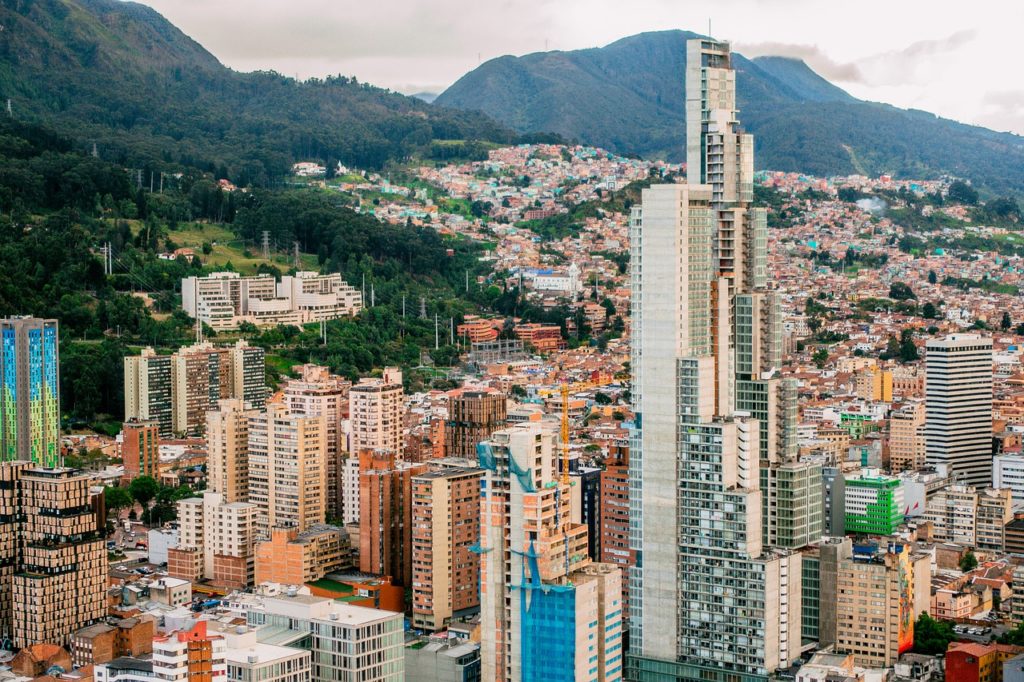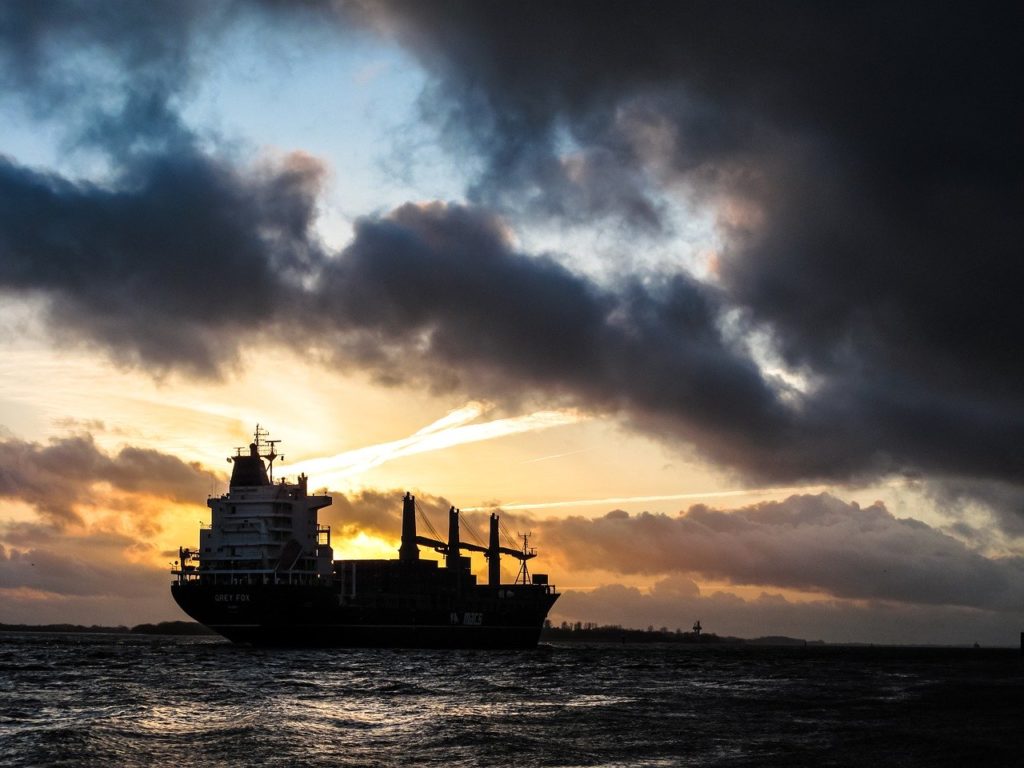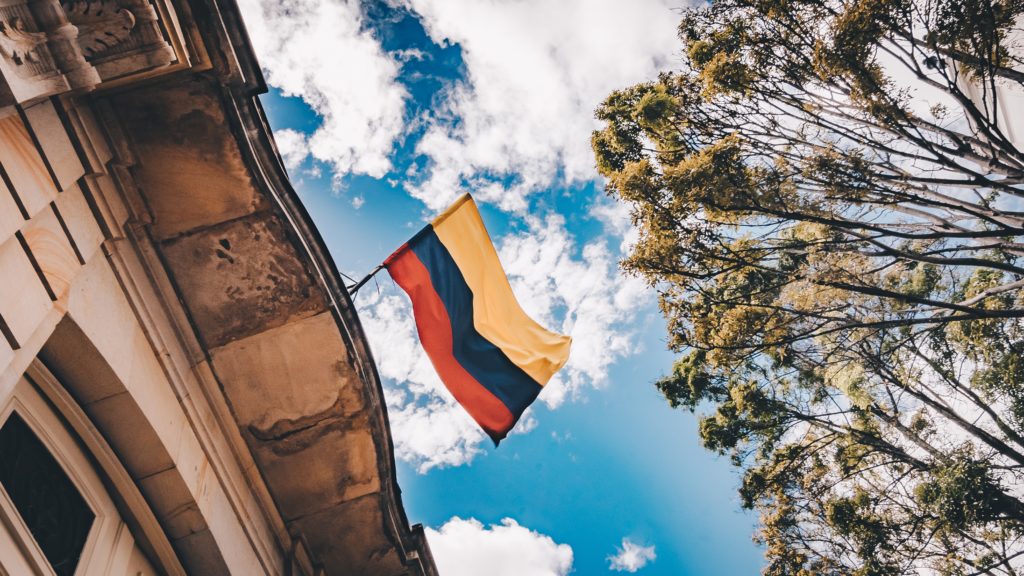In the nascent medical marijuana market in Latin America, one country is starting to stand out: Colombia. With regulations aimed at attracting foreign investors, cheap and specialized labor and a favorable climate for cultivation, Colombians are trying to produce cannabis amid the negative stigma of drug trafficking, the barrier of foreign banks, and problems with global logistics.
Colombian marijuana production to lead the global market


The production and sale of cannabis are the main purposes of Colombian marijuana production hubs. However, the changes in law only came in 2015, during the administration of President Juan Manuel Santos Calderón.
The medical cannabis law now allows possession, cultivation, processing, sale, import, and export of Colombian cannabis.
“We are in the final production process, and we can only export now. We are in search of an ideal technology to extract the components of the plant,” said Henning Von Koss, director of PharmaCielo.
PharmCielo is a Canadian company that has opened a branch in the Rio Negro near Medellin, to produce marijuana derivatives such as oils and extracts.
Hemp.im is a mobile application that provides you with the most current and up-to-date hemp news and other cannabis industry information while covering various wide-ranging topics throughout the industry.
Changing regulations for the Colombian marijuana industry
The government is responsible for issuing licenses for companies to operate in the Colombian marijuana industry and requires that 10% of total production must come from small or medium-sized local producers.
The government also provides technical support such as training for producers up to half a hectare. In addition, it provides supplies such as fertilizers to increase crop yields.
There are no residency or citizenship requirements for owners or investors in the sector, which makes it an attractive place for foreigners. But the law states that if you are in the country, you must have local branches or form independent entities.
Exporting hemp from Colombia
The main products that follow for export are cannabis oil, raw materials, and extracts based on hemp, a cannabis species with low THC (the psychoactive substance of marijuana).
Colombia has not improved the Colombian marijuana export law and it is still difficult for companies to buy oils and extracts from the country.
“History, market knowledge, data, and statistics are missing. There is still a lack of structure, control, and assurance of who is responsible for what,” said Von Koss.
Raw materials to be imported from the Netherlands and Uruguay


Caio Santos Abreu, President of the Brazilian cannabis product startup Entourage Phytolab, said he imports raw materials from the Netherlands, Colombia, and Uruguay.
“The Dutch, who have a more established export structure, are faster. In two months we managed to have a product released in Brazil,” he said. “With Colombians, it takes three to four months, but the trend is for those deadlines to be shortened.”
Before importing from Colombia, Abreu said that they surveyed and researched the partners and how the company operated.
“The stigma of Colombian marijuana is no secret; it’s a historical reality. And that doesn’t mean the money came from the wrong place. We are very happy to work with them.” said Von Koss.
He explains Colombian history is not a major problem and there are distinctions between areas of drug trafficking and medical marijuana production.
“The more mountainous the region and the more forest, the more drug trafficking acts. The less-dense the area of vegetation, the less narco-trafficking there is,” he said.
Investing in Colombian marijuana conflicts with international banks
In addition to incipient export regulations, another factor hindering the growth of the Colombian marijuana market is the conflicting relationship with banks and logistics companies, which fear they will be accused of money laundering if they manage accounts linked to the industry.
In Uruguay, which began suffering embargoes from banks like Santander in 2013, the transactions are mainly made in cash.
“It’s hard to find banks that will help you and people who will agree to put the product on their planes because they are all somehow dependent on a triangle that passes through the U.S. If American law doesn’t change, it will be complicated,” Von Koss said. “Of course there are banks that accept, but there are few.”


Cannabis in Latin America
According to a regional report on cannabis in Latin America produced by NewFrontier Data, the average estimated total available market is $9.75 billion including legal, regulated, unregulated and illicit markets.
According to the report’s projections, Brazil has the greatest potential in the region and could move $ 2.4 billion. Behind comes Mexico ($1.9 billion), while Colombia is in fifth place with $700 million.
With the approval of the regulation of Anvisa (National Health Surveillance Agency), in early December, Caio Santos Abreu of Entourage Phytolab, estimates that the forecast for products to reach pharmacies is in the second half of 2020. Before, the estimate was for 2021.
__
(Featured image by bergslay via Pixabay)
DISCLAIMER: This article was written by a third party contributor and does not reflect the opinion of Hemp.im, its management, staff or its associates. Please review our disclaimer for more information.
This article may include forward-looking statements. These forward-looking statements generally are identified by the words “believe,” “project,” “estimate,” “become,” “plan,” “will,” and similar expressions. These forward-looking statements involve known and unknown risks as well as uncertainties, including those discussed in the following cautionary statements and elsewhere in this article and on this site. Although the Company may believe that its expectations are based on reasonable assumptions, the actual results that the Company may achieve may differ materially from any forward-looking statements, which reflect the opinions of the management of the Company only as of the date hereof. Additionally, please make sure to read these important disclosures.
First published in Folha De S. Paulo, a third-party contributor translated and adapted the article from the original. In case of discrepancy, the original will prevail.
Although we made reasonable efforts to provide accurate translations, some parts may be incorrect. Hemp.im assumes no responsibility for errors, omissions or ambiguities in the translations provided on this website. Any person or entity relying on translated content does so at their own risk. Hemp.im is not responsible for losses caused by such reliance on the accuracy or reliability of translated information. If you wish to report an error or inaccuracy in the translation, we encourage you to contact us.



Comments are closed for this post.